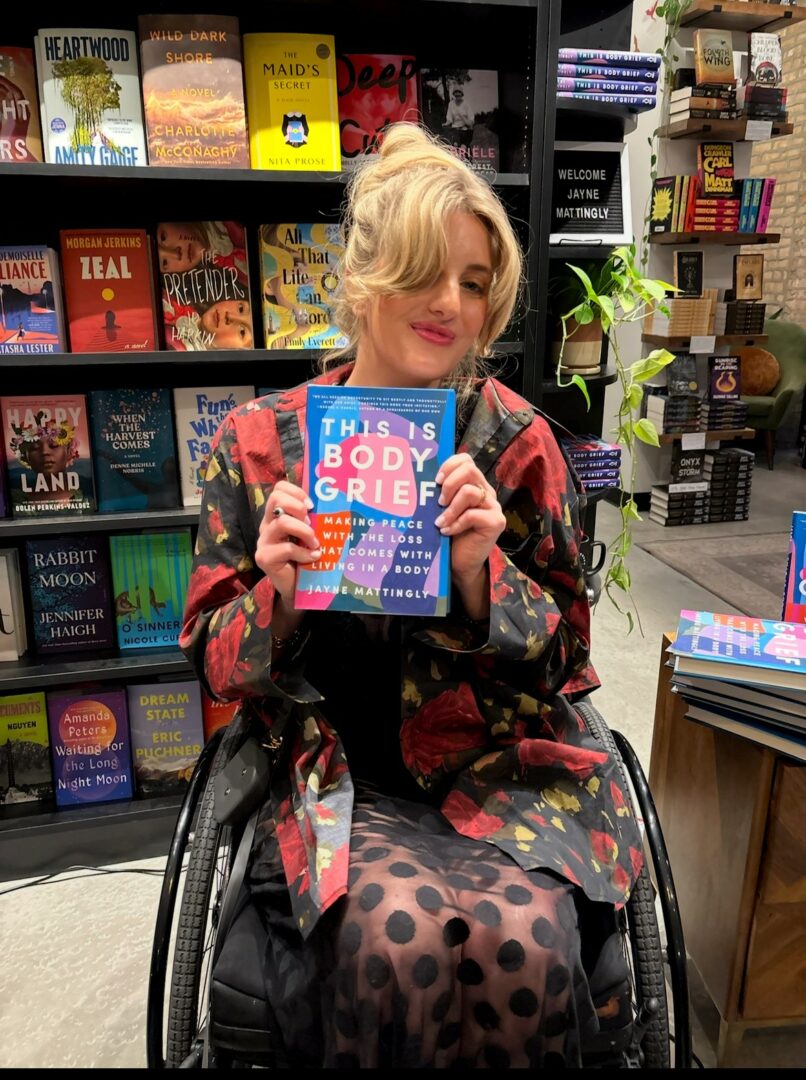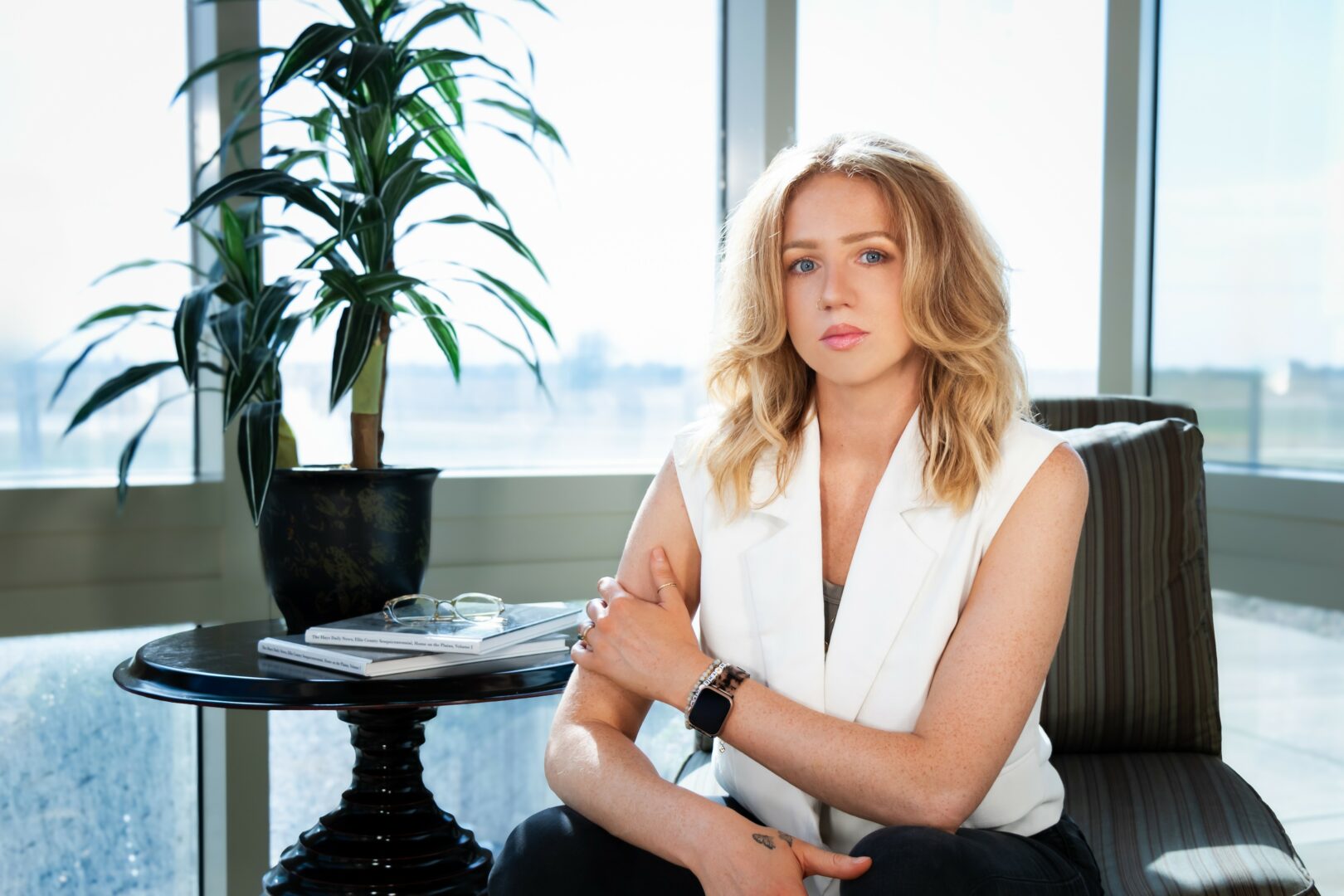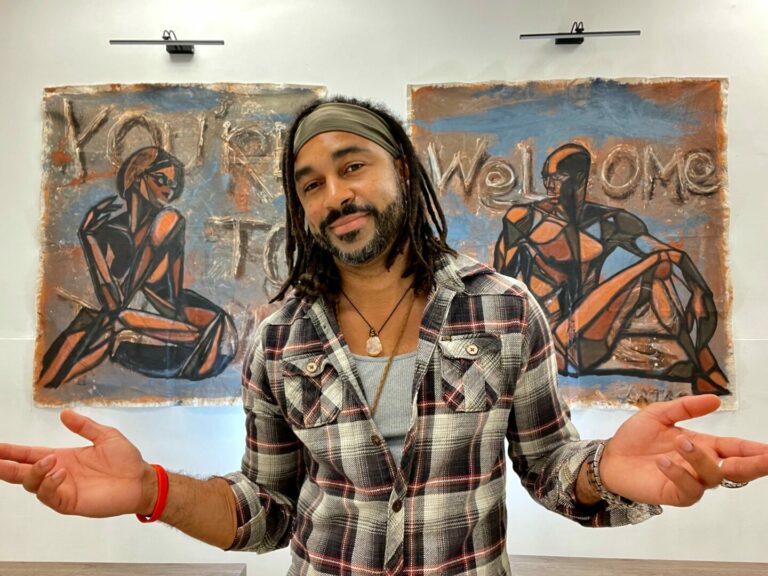We caught up with the brilliant and insightful Jayne Mattingly a few weeks ago and have shared our conversation below.
Hi Jayne, really happy you were able to join us today and we’re looking forward to sharing your story and insights with our readers. Let’s start with the heart of it all – purpose. How did you find your purpose?
My personal exploration of Body Grief came as an evolution. As I received multiple chronic illness diagnoses, underwent surgeries that decimated the body I once knew, and was put on a new path not of my own choosing to navigate the world in a disabled body, I chose to become curious.
I am a trained therapist and understanding the ‘why’ behind what I was thinking and feeling became an important part of me navigating my own Body Grief and so I made it my mission to dig deep and educate myself on Body Grief, how it manifests itself, and how to navigate it as a human in the modern world.
It is important to make a distinction though that ‘‘why’ doesn’t mean a complete knowing or understanding. Body Grief is a physical, spiritual, and emotional acceptance of your body and what it means to you. There is no ‘right’ way to do Body Grief and the experience of Body Grief never truly comes to an end and is something every human is navigating to some degree throughout their lifetime.
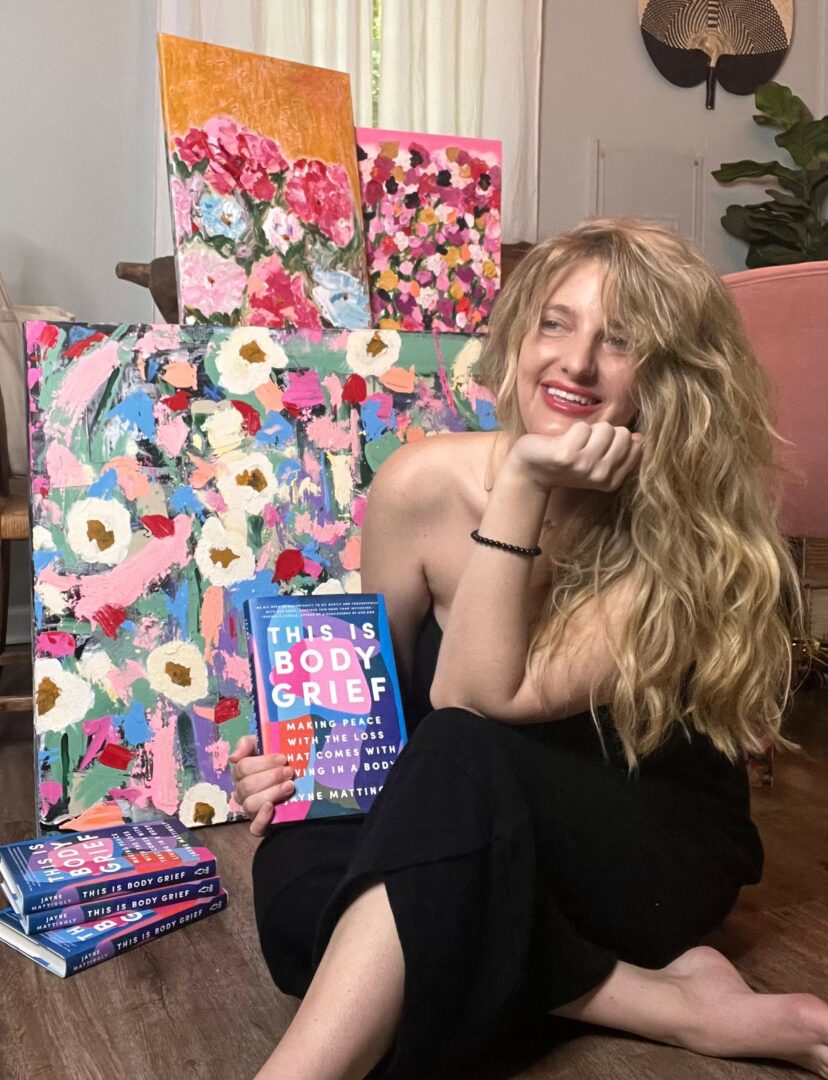
Appreciate the insights and wisdom. Before we dig deeper and ask you about the skills that matter and more, maybe you can tell our readers about yourself?
Jayne Mattingly is a nationally recognized disability advocate, body image speaker, and author of ‘This Is Body Grief’, a groundbreaking book published by Penguin Random House about what it means to grieve a body that no longer reflects the life you once lived or thought you would live.
Jayne coined the term Body Grief to name the very real and often overlooked mourning process that comes with living in a body. She is also the artist behind Dying for Art, an ongoing series of bold, abstract paintings that explore what it means to create in a body that is constantly navigating decline, pain, and beauty.
Jayne’s art, like her book, is a rebellion against erasure—proof that disabled bodies can hold grief and power, stillness and brilliance, all at once.
For more information on Jayne Mattingly and her art, authorship, and advocacy visit www.jaynemattingly.com.
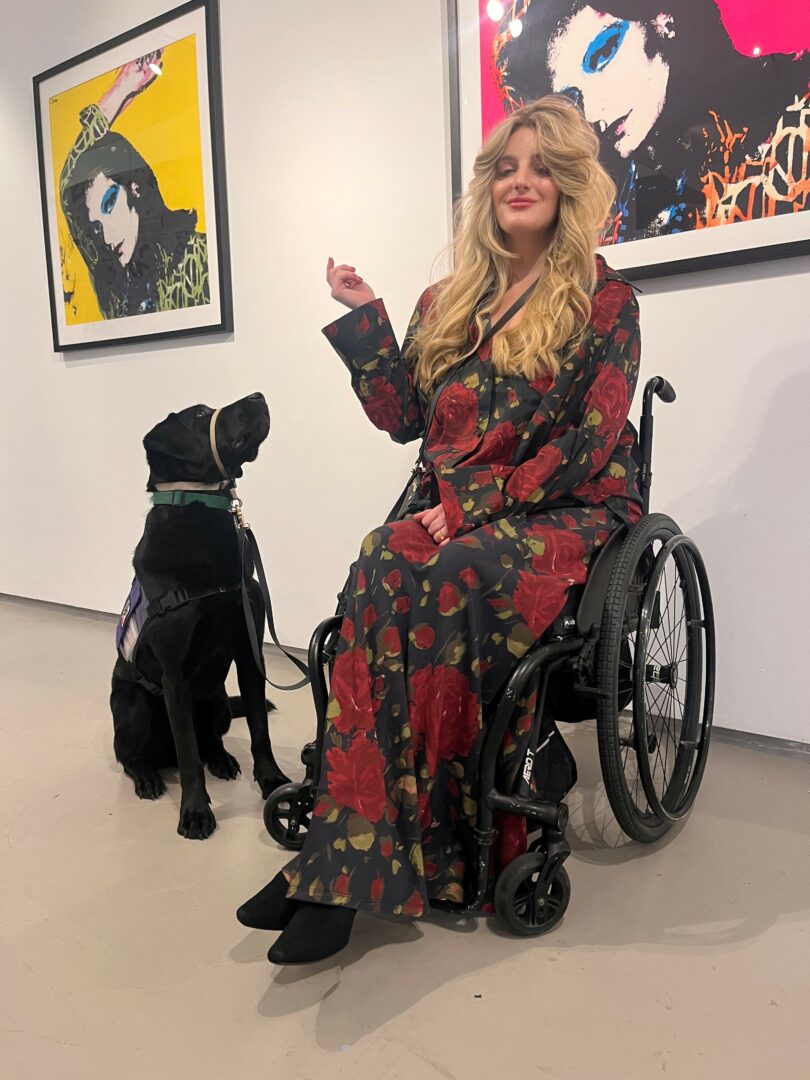
There is so much advice out there about all the different skills and qualities folks need to develop in order to succeed in today’s highly competitive environment and often it can feel overwhelming. So, if we had to break it down to just the three that matter most, which three skills or qualities would you focus on?
One of the greatest lessons I have learned through this journey is that it is okay to Grieve. I have become very attune with my body – both my pains and my joys. I unapologetically give myself the permission to sit with my emotions, experience my physicality, and Grieve for what could have been, what is, and what I want to be. By allowing myself, knowingly, to experience Body Grief, I am able to tap into an internal well of understanding that allows me to transmute that experience for myself in a way that is beautiful.
Also, as a woman experiencing Body Grief, I was forced to confront many patriarchal stereotypes of femininity and actively choose to serve as a representation of something different.
Additionally, rediscovering my passion for painting and using the canvas, colors, and textures of the painting process to express and transform my Body Grief into a tangible and visible signifier of the beauty that can come from varied emotional states has been truly transformative for me.
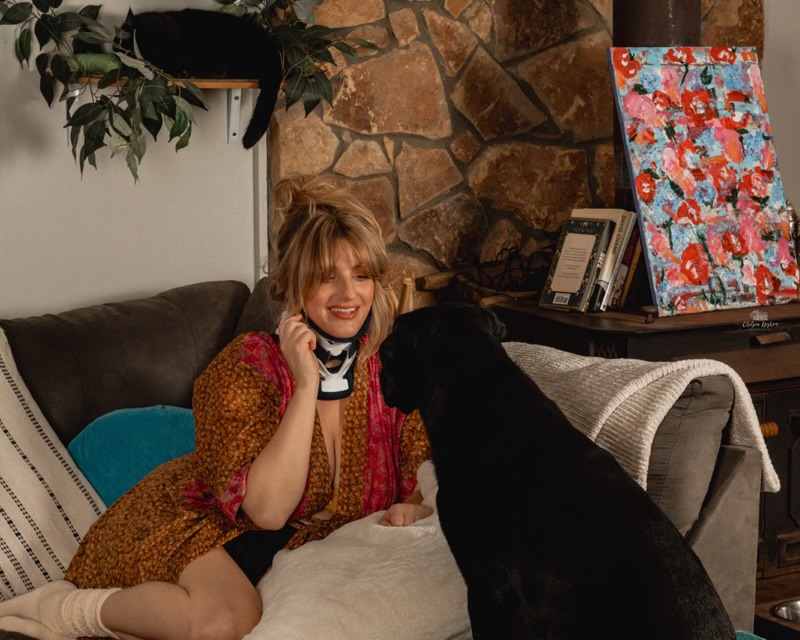
All the wisdom you’ve shared today is sincerely appreciated. Before we go, can you tell us about the main challenge you are currently facing?
Navigating the world in a disabled body is always at the forefront of every action and decision for me and as an advocate for the disabled community I actively seek change to the systems and limitations that prevent a disabled person from living fully. My hopes for an inclusive and accessible world for the disabled aren’t that radical. Safe sidewalks and means of transportation, bathrooms with accessible toilet heights, stores and business establishments with ramps to enter and aisles wide enough for wheelchairs to pass through, closed captioning and sign language support for those with sight and hearing needs, equal employment rights – these are simple things for which the technology and ability exist to enact and yet the social construct in which we live prevents.
Contact Info:
- Website: https://www.jaynemattingly.com/
- Instagram: @jaynematingly
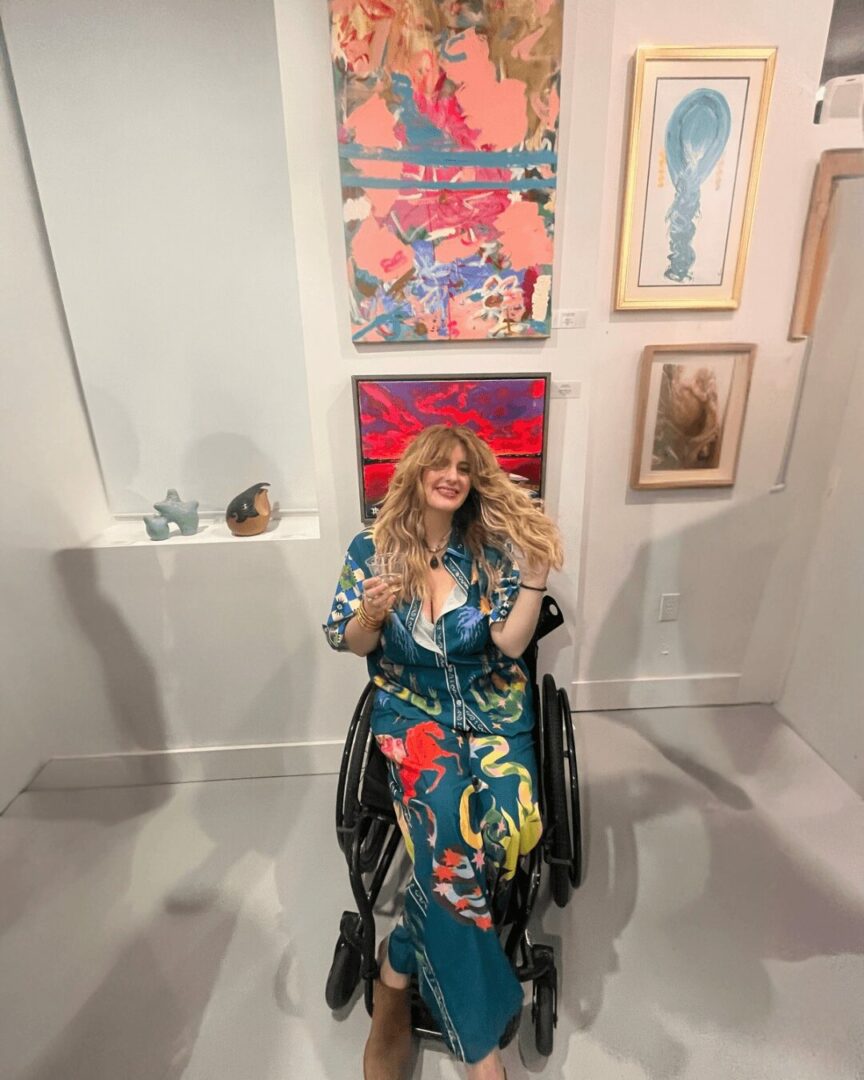
Image Credits
Photo credits: Jayne Mattingly LLC
so if you or someone you know deserves recognition please let us know here.

